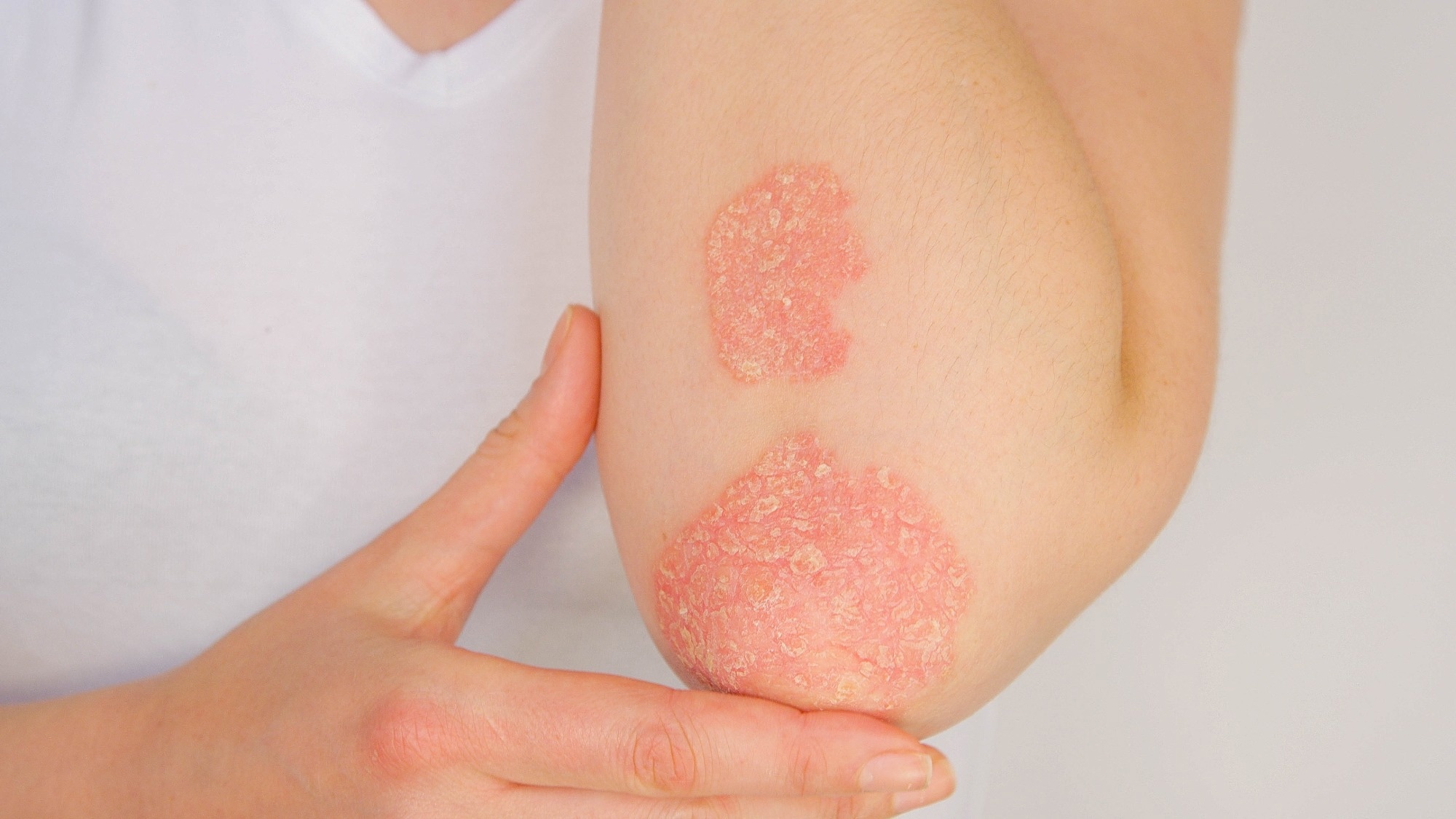In a recent study published in the Scientific Reports Journal, researchers evaluated new-onset autoimmune disease risk among individuals with new-onset psoriatic illness.
 Study: Risk of incident autoimmune diseases in patients with newly diagnosed psoriatic disease: a nationwide population-based study. Image Credit: Flystock/Shutterstock.com
Study: Risk of incident autoimmune diseases in patients with newly diagnosed psoriatic disease: a nationwide population-based study. Image Credit: Flystock/Shutterstock.com
Background
Psoriatic illness, which frequently includes psoriasis and psoriatic arthritis, is a systemic inflammation-related disease with serious clinical consequences.
Autoreactive T lymphocytes, which express pro-inflammatory cytokines like interleukins (ILs)-17 and 22, and interferon-gamma (INF-γ) characterize psoriatic illness.
Studies have linked the autoimmune component of psoriasis to several autoimmune disorders, including autoimmune thyroid illness, inflammatory bowel disease, alopecia areata, and autoimmune rheumatic disorders.
About the study
In the nationwide population-based study, researchers evaluated the link between autoimmune disorders and psoriatic diseases.
Patients with newly diagnosed psoriatic illness between January 2007 and December 2019 were included in the study, which used the Korean National Health Insurance Service (NHIS) database.
The team used previously established diagnostic algorithms for psoriatic illness in Korea to identify people with the condition. Psoriatic patients had one or more recorded visits with psoriatic illnesses such as psoriasis and psoriatic arthritis as their primary diagnostic code and Vitamin D prescriptions.
Autoimmune illnesses such as CD, UC, Graves' disease, Hashimoto's disease, SLE, RA, Sjögren's syndrome, systemic sclerosis, AS, diabetes type 1, and alopecia areata were studied.
Comparators who had no psoriatic illness diagnostic code from January 2005 to December 2019 with no autoimmune disease diagnostic code during washout were randomly selected and sex- and age-matched in a 1:1 ratio.
The researchers added relevant medicine prescription information and RID codes for all diseases in the diagnostic algorithms for outcomes in addition to the diagnostic codes.
The team included follow-up information on newly identified autoimmune disorders from 2007 to 2020. Multivariate Cox regression modeling was performed to determine the adjusted hazard ratios (aHRs).
The Charlson Comorbidity Index (CCI) values for comorbidities such as hypertension, diabetes, dyslipidemia, chronic obstructive pulmonary disease (COPD), liver cirrhosis, chronic renal disease, alcoholic hepatic disease, and heart failure were determined. The team performed subgroup analyses based on sex, age, and psoriatic illness severity.
Patients who received diagnostic codes for psoriatic illness between January 2005 and December 2006 were excluded from the study.
In addition, the team excluded individuals who were diagnosed with autoimmune diseases [Crohn's disease (CD), ulcerative colitis (UC), Graves' disease, Hashimoto's disease, systemic lupus erythematosus (SLE), rheumatoid arthritis (RA), Sjögren's syndrome, ankylosing spondylitis (AS), systemic sclerosis, alopecia areata, and diabetes type 1] before being diagnosed with psoriatic disease and those who were followed up for less than one year.
Results
The study comprised 321,354 individuals in the psoriatic and control groups with a mean age of 43, and 59% were male.
Psoriatic patients showed a significantly elevated risk of ankylosing spondylitis, systemic lupus erythematosus, ulcerative colitis, Crohn's disease, alopecia areata, diabetes type 1, and rheumatoid arthritis, with aHR values of 2.3, 1.9, 1.7, 2.0, 1.4, 1.2, and 1.6, respectively.
On the other hand, the risks for Hashimoto's disease, Graves' disease, systemic sclerosis, and Sjögren's syndrome did not differ significantly across groups. Diabetes type 1, alopecia areata, AS, RA, SLE, UC, and CS had NNH values of 9,567, 1,295, 9,946, 3,256, 47,987, 17,899, and 39,988 indivdual-years, respectively.
Except for diabetes type 1, all autoimmune illnesses exhibited a significantly increased risk among psoriatic individuals compared to controls after controlling for CCI and insurance type. After controlling for CCI and insurance type, the diabetes type 1 (aHR, 1.1) risk was insignificant in males with psoriatic illness compared to male controls.
After correcting for the type of insurance and CCI, all autoimmune illnesses revealed significantly greater risks among younger psoriatic individuals aged below 40 years and those aged 40 years and above compared to controls.
After controlling for the type of insurance and CCI, CD risk (aHR, 1.4) was non-significantly greater among older psoriatic individuals than controls.
Mild and moderate-severe psoriatic illnesses were prevalent among 79% (n=255,285) and 21% (n=66,069) of psoriatic disease patients, respectively, among whom the incidences of UC, CD, RA, SLE, alopecia areata, diabetes type 1, and AS were greater compared to controls.
After controlling for age, gender, CCI, and insurance type, moderate-severe psoriatic disease patients showed a significantly increased risk of rheumatoid arthritis, AS, and diabetes type 1, with aHR values of 1.5, 1.5, and 1.2, respectively.
Conclusion
Based on the study findings, patients with psoriatic illness are more likely to develop autoimmune disorders.
This study also discovered the occurrence of autoimmune disorders unrelated to psoriasis, such as Graves' disease, Hashimoto's disease, Sjögren's syndrome, and systemic sclerosis. Because of the low absolute risk, routine screening for these disorders may not be suggested.
However, suitable exams may be required in individuals with psoriatic illness to establish the existence of concomitant alopecia areata and provide tailored therapy.